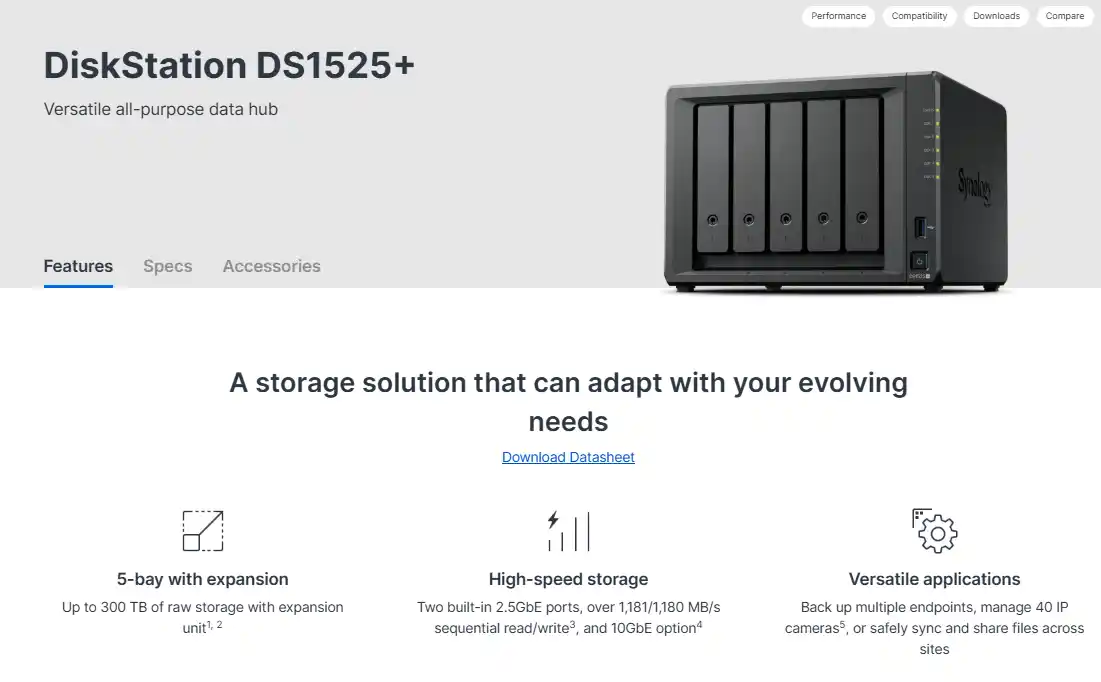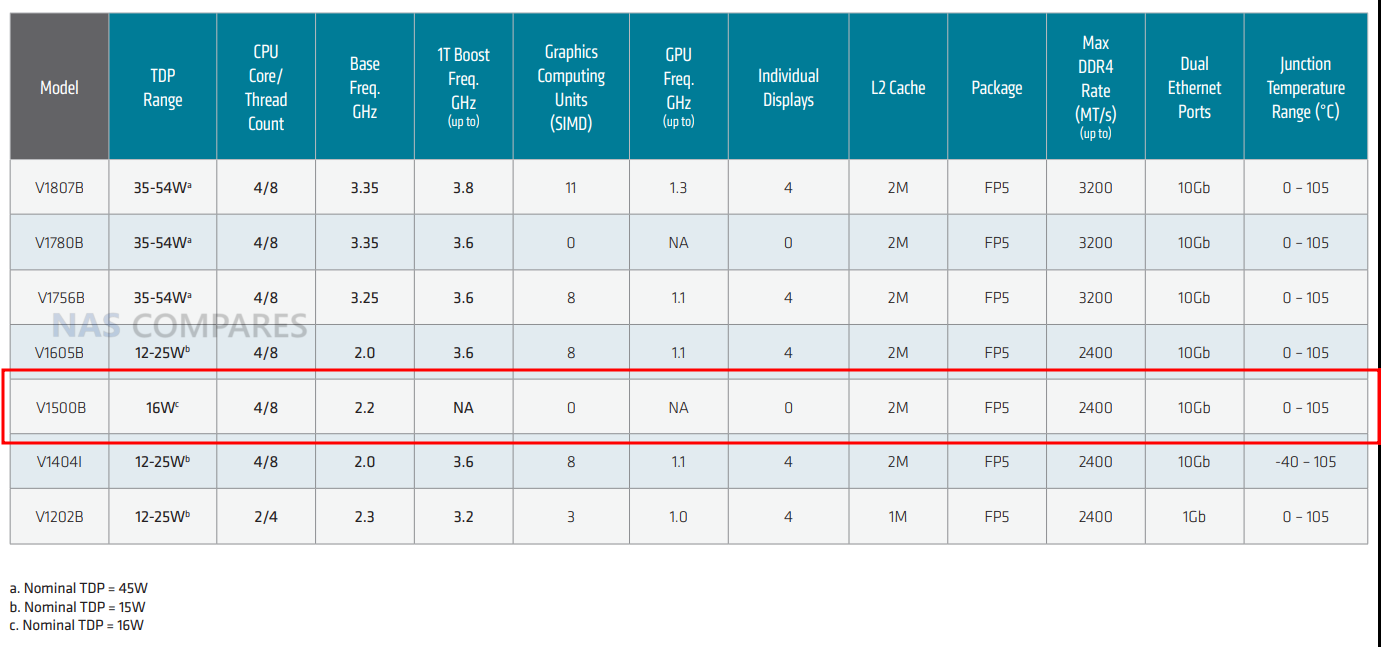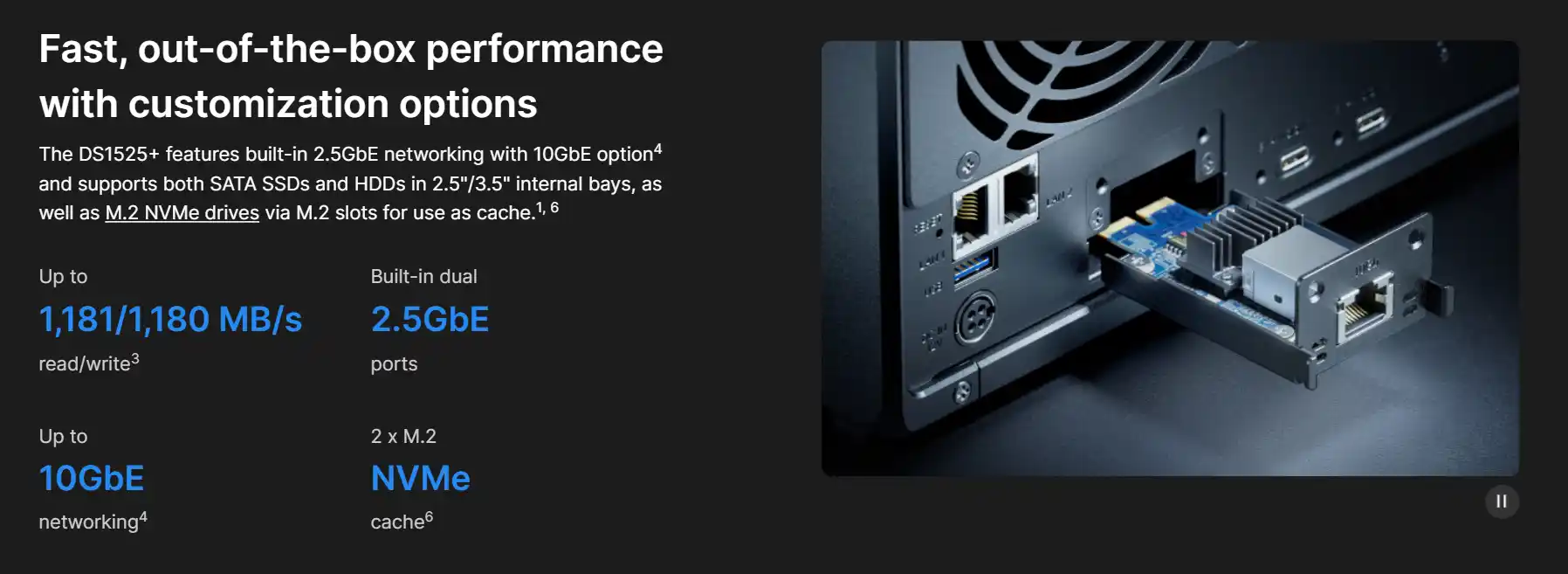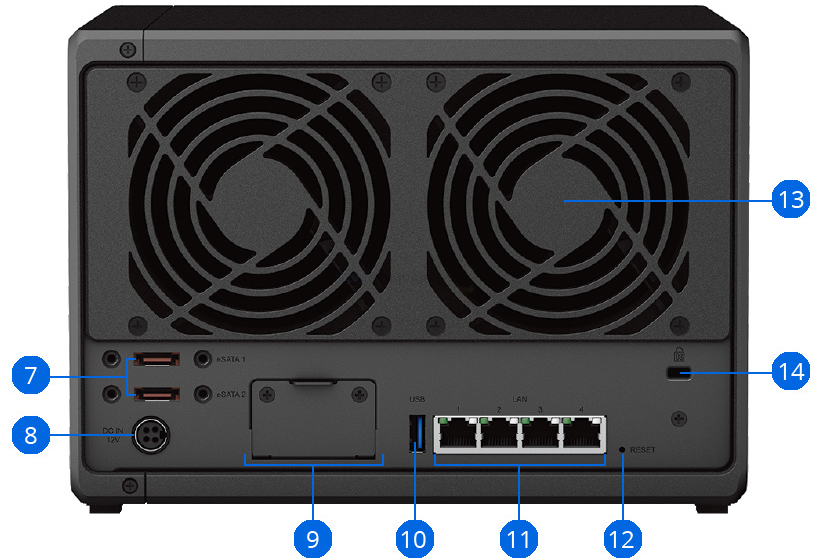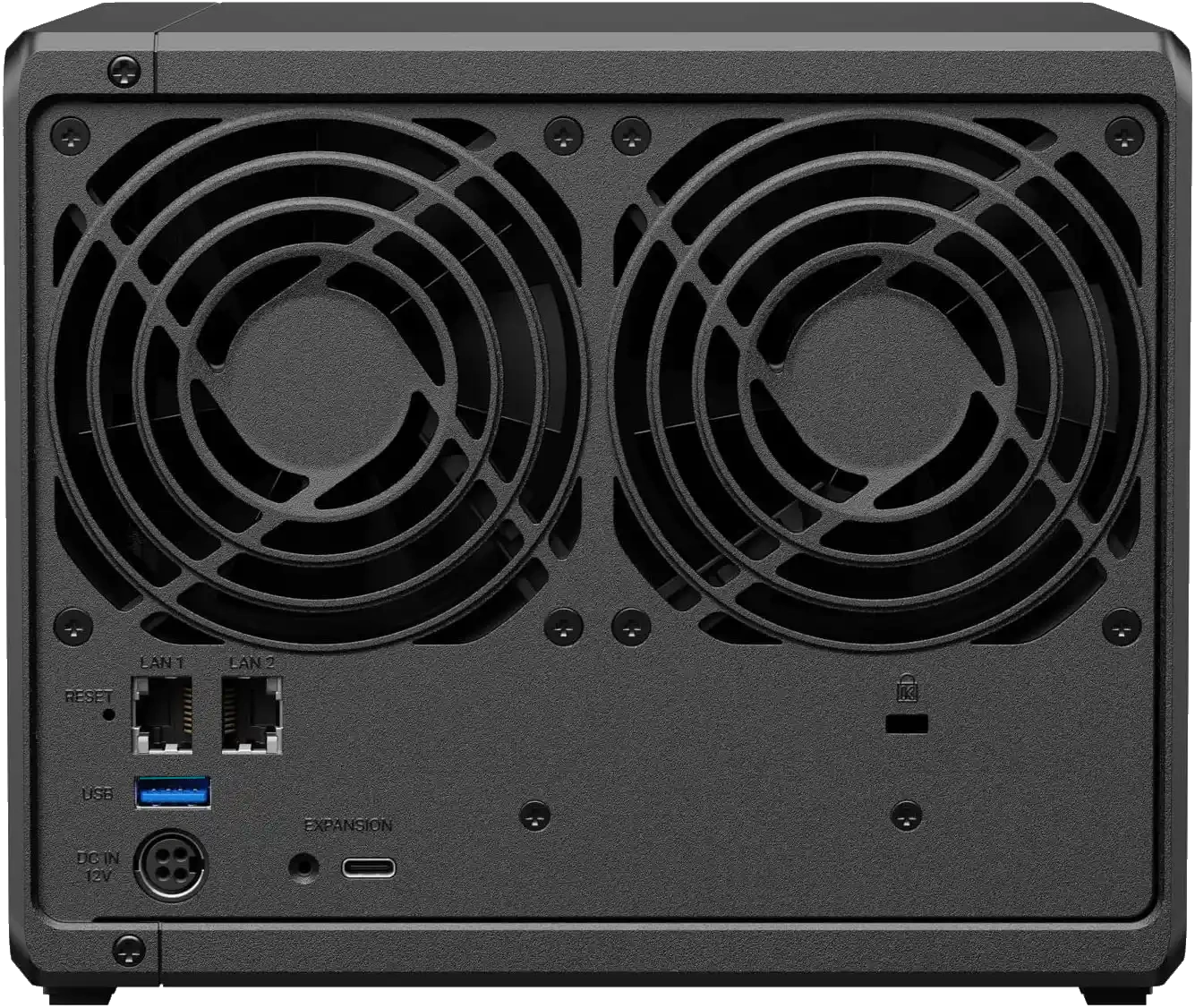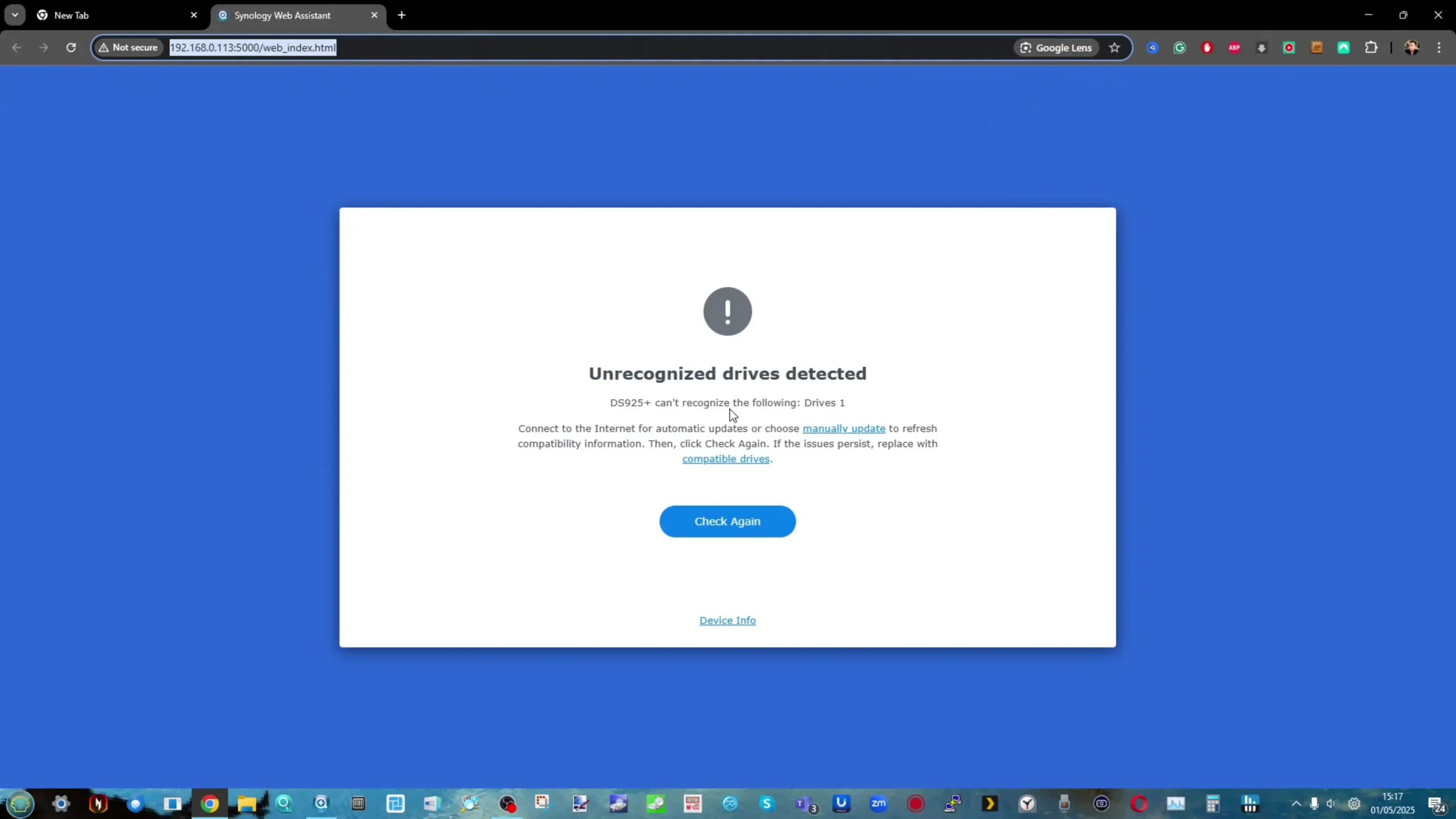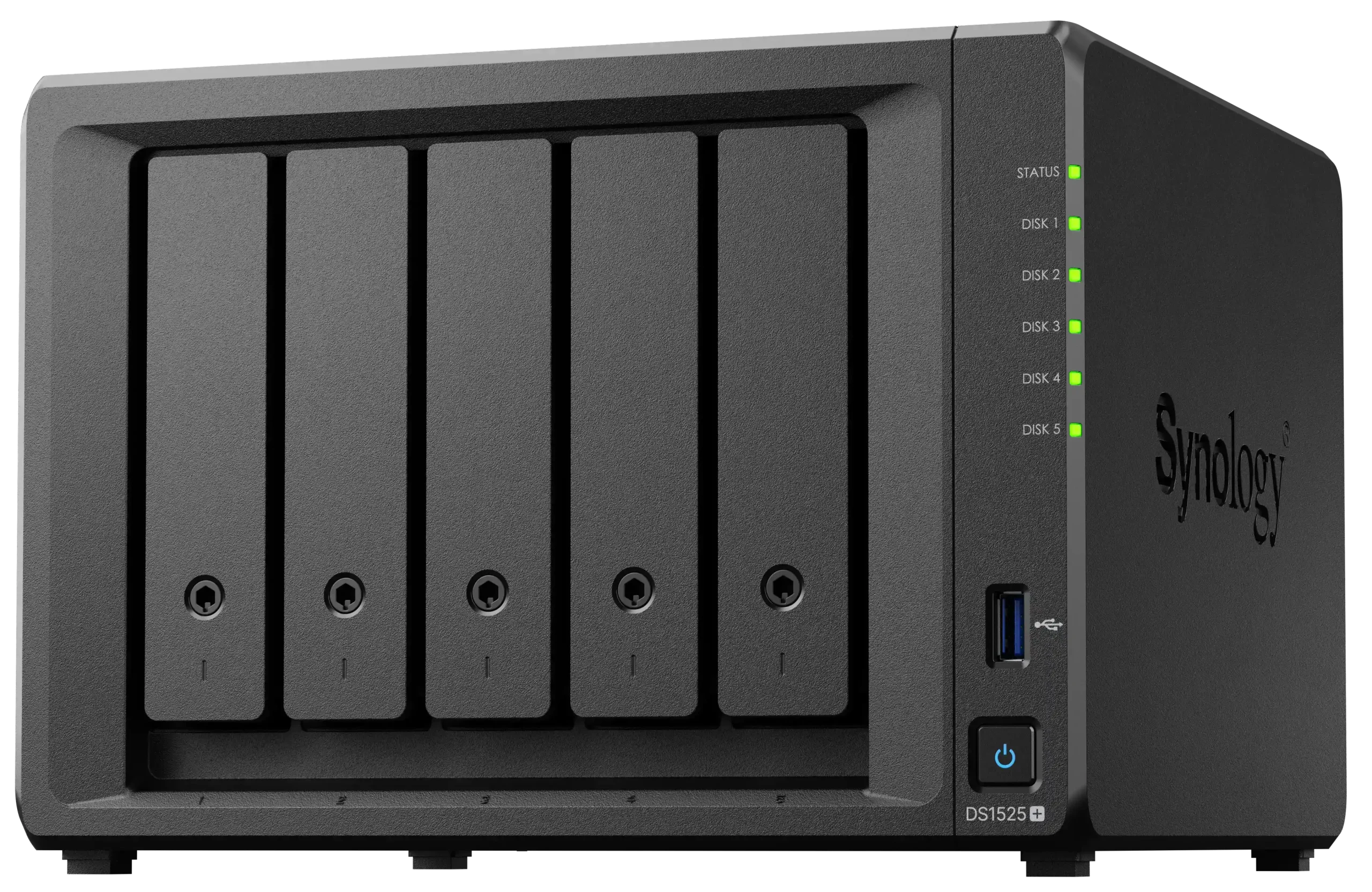Synology DS1525+ vs DS1522+ NAS
Synology DS1525+ vs DS1522+ NAS Comparison – Get It Right, FIRST TIME!
With the arrival of the Synology DS1525+ in 2025, many users are now weighing it against its immediate predecessor, the DS1522+, released in 2022. On the surface, both NAS units share the same 5-bay form factor, nearly identical chassis design, and very similar price points—typically between $699 and $799 at launch. However, a deeper dive reveals a number of meaningful changes in hardware resources, storage expansion policies, and how Synology now handles drive compatibility and system flexibility. While the DS1525+ does offer better networking and CPU core count, it also introduces tighter restrictions on what drives can be used, how storage pools are formed, and what options are available to users looking to migrate data from older systems. By contrast, the DS1522+ retains a far more open approach to hardware, offering greater freedom for enthusiasts and IT professionals. In this article, we’ll break down the internal hardware, ports, storage support, DSM software capabilities, and system behavior of these two NAS systems—giving you the context you need to make the right decision the first time, and avoid buyer’s regret later.
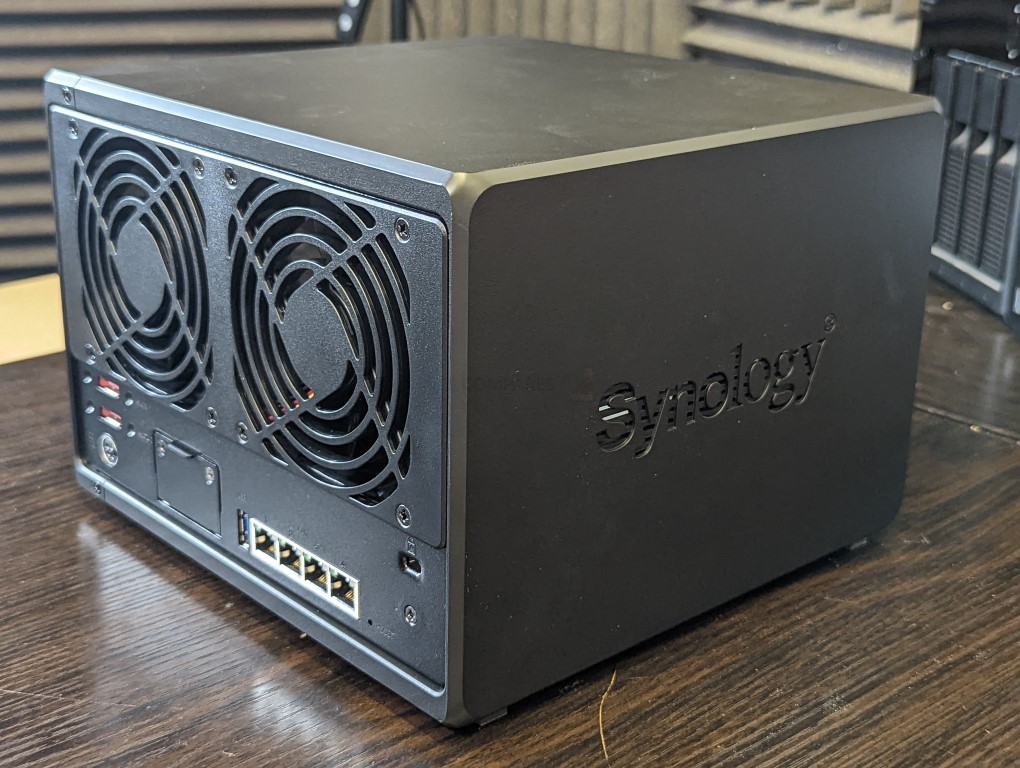
Synology DS1525+ vs DS1522+ NAS Comparison – Internal Hardware
The most noticeable hardware difference between the DS1525+ and DS1522+ lies in their processors. The DS1522+ is powered by a dual-core AMD Ryzen R1600 CPU, which operates at a base frequency of 2.6 GHz and can boost up to 3.1 GHz. This chip delivers strong single-threaded performance and is very power efficient, making it well-suited for environments where tasks are sequential or lightly parallelized—such as SMB file sharing, surveillance, or general-purpose storage. The DS1525+, in contrast, uses a quad-core AMD Ryzen V1500B processor running at a fixed 2.2 GHz. While it lacks boost frequency, the additional cores and threads make it the more capable option for multitasking-intensive DSM deployments. Workloads like hosting multiple Docker containers, running several VMs, or operating high-volume backup jobs are handled more smoothly by the V1500B thanks to its stronger concurrent throughput. While synthetic benchmarks might show the R1600 ahead in single-threaded operations, in day-to-day NAS usage, the V1500B’s multitasking benefits are more relevant—particularly for users aiming to centralize many services on one box.
| Component | Synology DS1522+
|
Synology DS1525+
|
|---|---|---|
| CPU Model | AMD Ryzen R1600 | AMD Ryzen V1500B |
| CPU Architecture | 64-bit, Dual-Core, 4-Thread | 64-bit, Quad-Core, 8-Thread |
| Base / Turbo Frequency | 2.6 GHz / 3.1 GHz | 2.2 GHz (no boost) |
| Hardware Encryption | AES-NI | AES-NI |
| Pre-installed Memory | 8 GB DDR4 ECC SODIMM (1×8 GB) | 8 GB DDR4 ECC SODIMM (1×8 GB) |
| Total RAM Slots | 2 | 2 |
| Max Supported Memory | 32 GB (2×16 GB) | 32 GB (2×16 GB) |
| ECC Support | Yes | Yes |
| System Cooling | 2 × 92mm fans | 2 × 92mm fans |
| Noise Level (Idle) | 22.90 dB(A) | 22.60 dB(A) |
| Power Supply | 120W External Adapter | 120W External Adapter |
| Power Consumption (Access) | 52.06 W | 44.56 W |
| Power Consumption (Idle) | 16.71 W (HDD Hibernation) | 13.63 W (HDD Hibernation) |
| Chassis Dimensions (H×W×D) | 166 × 230 × 223 mm | 166 × 230 × 223 mm |
| Weight | 2.7 kg | 2.67 kg |
Synology DS1525+ vs DS1522+ NAS Comparison – Ports and Connections
The differences between the DS1525+ and DS1522+ become more apparent when examining their networking and expansion connectivity. The DS1522+ is equipped with four 1GbE RJ-45 LAN ports, which support link aggregation for up to 4 Gbps combined bandwidth when used with a managed switch. This configuration provides solid redundancy and flexible port allocation, especially for environments where isolating traffic across different services (e.g., backups, media, surveillance) is desirable. However, in 2024 and beyond, 1GbE is increasingly viewed as a bottleneck—particularly for users working with 4K video editing, large VM images, or fast local backups. The DS1525+ addresses this issue by shifting to 2 × 2.5GbE RJ-45 LAN ports, allowing up to 5 Gbps total bandwidth through link aggregation, and faster speeds on a per-connection basis, even when using unmanaged 2.5GbE switches that are now more common and affordable. This change aligns the DS1525+ with modern mid-tier NAS expectations and offers improved real-world performance, especially for multi-user workloads and high-speed transfers from SSD caches or NVMe pools.
| Feature | Synology DS1522+
|
Synology DS1525+
|
|---|---|---|
| LAN Ports | 4 × 1GbE RJ-45 | 2 × 2.5GbE RJ-45 |
| Link Aggregation / Failover | Yes | Yes |
| USB Ports | 2 × USB 3.2 Gen 1 | 2 × USB 3.2 Gen 1 |
| Expansion Ports | 2 × eSATA (for DX517) | 2 × USB Type-C (for DX525) |
| PCIe Slot | 1 × PCIe Gen3 x2 (for 10GbE upgrade) | 1 × PCIe Gen3 x2 (for 10GbE upgrade) |
| Wake on LAN / WAN | Yes | Yes |
| Scheduled Power On / Off | Yes | Yes |
| Hot-Swappable Drive Bays | 5 × SATA HDD/SSD (M.2 not hot-swappable) | 5 × SATA HDD/SSD (M.2 not hot-swappable) |
| M.2 NVMe Slots | 2 × M.2 2280 (cache only, 3rd-party SSDs supported) | 2 × M.2 2280 (cache and storage, Synology SSDs only) |
| Expansion Compatibility | DX517 (eSATA interface) | DX525 (USB-C interface) |

Additionally, both units include a PCIe Gen3 x2 slot for optional 10GbE network upgrades. Synology’s E10G22-T1-Mini card is supported on both models and provides a compact, cost-effective way to future-proof network performance. However, given the DS1525+ already starts with 2.5GbE, users may find less urgency to upgrade immediately compared to the DS1522+, where a 10GbE card may be needed sooner to break past 1GbE limitations. Both models support Wake-on-LAN and scheduled power events, and both feature dual rear fans for effective cooling regardless of network traffic or drive load. From a connectivity standpoint, the DS1525+ represents a forward step toward higher-speed networking and modern expansion methods—but it does so at the cost of legacy compatibility, which may matter for users with established infrastructure. In contrast, the DS1522+ offers broader port coverage and flexibility but risks becoming dated more quickly in high-throughput environments.

Synology DS1525+ vs DS1522+ NAS Comparison – Storage
At first glance, storage capacity and physical layout appear virtually identical between the DS1525+ and DS1522+. Both systems offer five main drive bays that support 3.5″ SATA HDDs and 2.5″ SATA SSDs, as well as two M.2 NVMe SSD slots for caching or, in the case of the DS1525+, full storage pool creation. Each NAS can be expanded up to a total of 15 bays using two proprietary Synology expansion units (DX517 for the DS1522+, DX525 for the DS1525+), enabling up to 240 TB of raw storage assuming maximum capacity drives. However, a major divergence emerges when we examine drive compatibility policies. The DS1522+ follows Synology’s older, more permissive approach: users may install third-party drives from brands like Seagate, Western Digital, or Toshiba with only warning messages shown during setup. Storage pools, RAID arrays, and DSM installation all proceed without functional restrictions, making it a flexible platform for users with existing drives or cost-sensitive deployments.
| Storage Feature | Synology DS1522+
|
Synology DS1525+
|
|---|---|---|
| Drive Bays | 5 × 3.5″/2.5″ SATA HDD/SSD (Hot-swappable) | 5 × 3.5″/2.5″ SATA HDD/SSD (Hot-swappable) |
| M.2 NVMe Slots | 2 × M.2 2280 (Cache only, 3rd-party SSDs allowed) | 2 × M.2 2280 (Cache & Storage Pool, Synology SSDs only) |
| Maximum Drive Bays (with Expansion) | 15 (with 2 × DX517 via eSATA) | 15 (with 2 × DX525 via USB-C) |
| Supported RAID Types | SHR, Basic, JBOD, RAID 0/1/5/6/10 | SHR, Basic, JBOD, RAID 0/1/5/6/10 |
| Max Internal Volumes | 64 | 32 |
| Max Volume Size | 108 TB | 200 TB (requires 32 GB RAM) |
| NVMe Storage Pool Support |  Not supported Not supported |
 Supported (Synology SNV drives only) Supported (Synology SNV drives only) |
| 3rd-Party Drive Support |  Fully supported (with warnings) Fully supported (with warnings) |
 Blocked (DSM install/expansion/recovery restricted) Blocked (DSM install/expansion/recovery restricted) |
| RAID Recovery with Unverified Drives |  Supported Supported |
 Not allowed Not allowed |
| Storage Pool Expansion (Unverified) |  Supported Supported |
 Blocked Blocked |
| Hot Spare Assignment (Unverified) |  Supported Supported |
 Blocked Blocked |
| Drive Migration (with 3rd-party drives) |  Functional, with warnings Functional, with warnings |
 Allowed, but persistent warnings & blocked expansion Allowed, but persistent warnings & blocked expansion |

Synology DS1525+ vs DS1522+ NAS Comparison – DSM Capabilities
Both the DS1525+ and DS1522+ run Synology’s DSM 7.2 operating system and provide access to the same broad library of official and third-party packages. This includes core applications such as Synology Drive for file sync and access, Synology Office for collaborative documents, and Active Backup for Business for system-wide backup management. The app experience is largely identical on both devices, with support for Virtual Machine Manager, Hyper Backup, Snapshot Replication, Synology Photos, and Surveillance Station. However, the differences in system hardware and compatibility enforcement subtly influence how DSM behaves and what features remain available under different configurations. For example, both models support up to 256 snapshots per shared folder and a system-wide maximum of 4,096 snapshots, but users on the DS1525+ will be subject to stricter compatibility enforcement in DSM’s Storage Manager if using drives that aren’t on Synology’s approved list.
| DSM Feature / Capability | Synology DS1522+
|
Synology DS1525+
|
|---|---|---|
| DSM Version | DSM 7.2+ | DSM 7.2+ |
| Max Internal Volumes | 64 | 32 ▼ |
| Max Single Volume Size | 108 TB | 200 TB (requires 32 GB RAM) ▲ |
| Snapshot Replication | 256 per shared folder / 4,096 total system snapshots | 256 per shared folder / 4,096 total system snapshots |
| Synology Drive Users | Up to 60 | Up to 80 ▲ |
| Synology Office Users | Up to 60 | Up to 80 ▲ |
| Virtual Machine Manager (VMs) | Up to 4 Virtual Machines | Up to 8 Virtual Machines ▲ |
| Virtual DSM Instances (Licensed) | Up to 4 | Up to 8 (1 free license) ▲ |
| Hybrid Share Folder Limit | 10 | 10 |
| Surveillance Station (H.265) | 40 cameras / up to 1200 FPS | 40 cameras / up to 1200 FPS |
| Maximum SMB Connections (RAM Expanded) | 30 | 40 ▲ |
| RAID Recovery with 3rd-Party Drives |  Supported Supported |
 Blocked Blocked |
| Storage Expansion with Unverified Drives |  Supported Supported |
 Blocked Blocked |
| Hot Spare (Unverified Drives) |  Supported Supported |
 Blocked Blocked |
| M.2 NVMe Caching (3rd-Party SSDs) |  Supported Supported |
 Blocked Blocked |
| NVMe Storage Pool Creation |  Not supported Not supported |
 Supported (Synology SNV SSDs only) Supported (Synology SNV SSDs only) |
| DSM Storage Manager Behavior (Unverified) | Warnings only, all features functional | Persistent alerts, blocks expansions and rebuilds |
| High Availability Support | Yes | Yes |
| Full System Backup (Hyper Backup) | Yes (DSM 7.2+) | Yes (DSM 7.2+) |
Synology DS1525+ vs DS1522+ NAS Comparison – Conclusion
The Synology DS1525+ and DS1522+ may look nearly identical on the outside, but they diverge sharply in philosophy, system behavior, and long-term value. The DS1522+, launched in 2022, stands as one of the last truly flexible 5-bay NAS systems in Synology’s portfolio. It offers a dual-core AMD Ryzen R1600 processor with excellent single-thread performance and supports up to 15 drives with two DX517 expansions. More importantly, it retains the traditional Synology approach to third-party drive compatibility—meaning users can install and operate a wide range of HDDs and SSDs (Seagate, WD, Toshiba, etc.) without system blocks. DSM will issue warnings if a drive isn’t officially listed, but critical features like RAID recovery, storage pool expansion, and hot spare assignment continue to function. That level of hardware openness makes the DS1522+ particularly attractive to power users, budget-conscious builders, and small IT teams looking to repurpose existing hardware. The DS1525+, released in 2025, represents a subtle but significant shift in Synology’s design strategy. On paper, it offers solid upgrades: a quad-core AMD Ryzen V1500B processor that enables better multitasking, faster 2.5GbE LAN ports for improved data throughput, lower noise and power consumption, and full NVMe storage pool support (with Synology SSDs). These improvements make the DS1525+ a better fit for users running multiple simultaneous services—such as Surveillance Station, Synology Drive, and Docker containers—all while maintaining smooth operation. However, these benefits come with stricter limitations. The unit enforces Synology’s 2025-era drive verification policy, which outright blocks DSM installation or RAID operations with unverified drives. Migration is allowed, but users will be met with persistent warnings, degraded system status indicators, and feature restrictions that can’t be bypassed. The flexibility to reuse older drives, expand arrays freely, or mix hardware brands has been systematically curtailed.
In essence, the choice between these two NAS systems reflects more than just performance—it’s a decision between openness and control. The DS1522+ remains a strong all-rounder for users who want to build their system on their own terms, manage diverse storage needs, or repurpose hardware they already trust. It’s well-suited to small businesses, creators, and experienced users who value transparency and adaptability. The DS1525+, by comparison, is more refined, but also more prescriptive. It favors users willing to commit fully to Synology’s ecosystem—those who prioritize simplicity, tighter integration, and long-term consistency, even at the expense of flexibility. It’s a better fit for turnkey environments where reliability and vendor support matter more than customization. Both NAS devices are excellent in their own right, but the right choice depends entirely on how much control you’re willing to trade for convenience—and whether your NAS should be a platform you shape, or a solution that shapes your workflow.
 SUBSCRIBE TO OUR NEWSLETTER
SUBSCRIBE TO OUR NEWSLETTER 
[contact-form-7]
 Join Inner Circle
Join Inner Circle
Get an alert every time something gets added to this specific article!
 Subscribe
Subscribe
This description contains links to Amazon. These links will take you to some of the products mentioned in today's content. As an Amazon Associate, I earn from qualifying purchases. Visit the NASCompares Deal Finder to find the best place to buy this device in your region, based on Service, Support and Reputation - Just Search for your NAS Drive in the Box Below
Need Advice on Data Storage from an Expert?
Finally, for free advice about your setup, just leave a message in the comments below here at NASCompares.com and we will get back to you. Need Help?
Where possible (and where appropriate) please provide as much information about your requirements, as then I can arrange the best answer and solution to your needs. Do not worry about your e-mail address being required, it will NOT be used in a mailing list and will NOT be used in any way other than to respond to your enquiry.
[contact-form-7]
Need Help?
Where possible (and where appropriate) please provide as much information about your requirements, as then I can arrange the best answer and solution to your needs. Do not worry about your e-mail address being required, it will NOT be used in a mailing list and will NOT be used in any way other than to respond to your enquiry.
[contact-form-7]
 Ko-fi or old school Paypal. Thanks!To find out more about how to support this advice service check HEREIf you need to fix or configure a NAS, check Fiver
Have you thought about helping others with your knowledge? Find Instructions Here
Ko-fi or old school Paypal. Thanks!To find out more about how to support this advice service check HEREIf you need to fix or configure a NAS, check Fiver
Have you thought about helping others with your knowledge? Find Instructions Here

|
 |
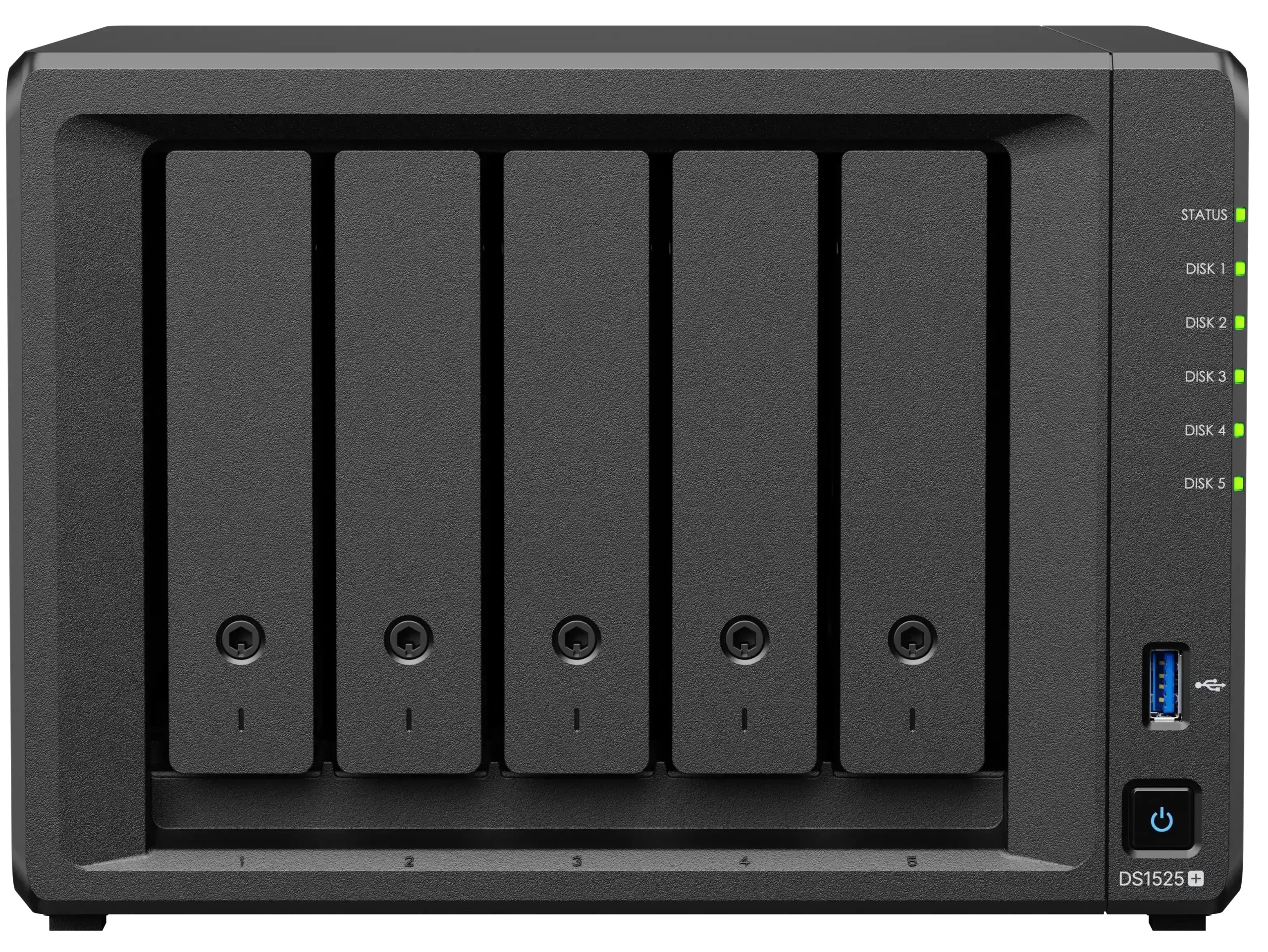
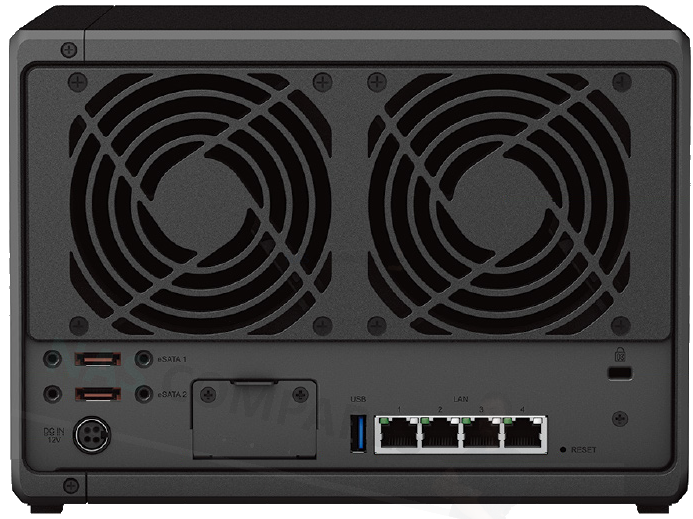
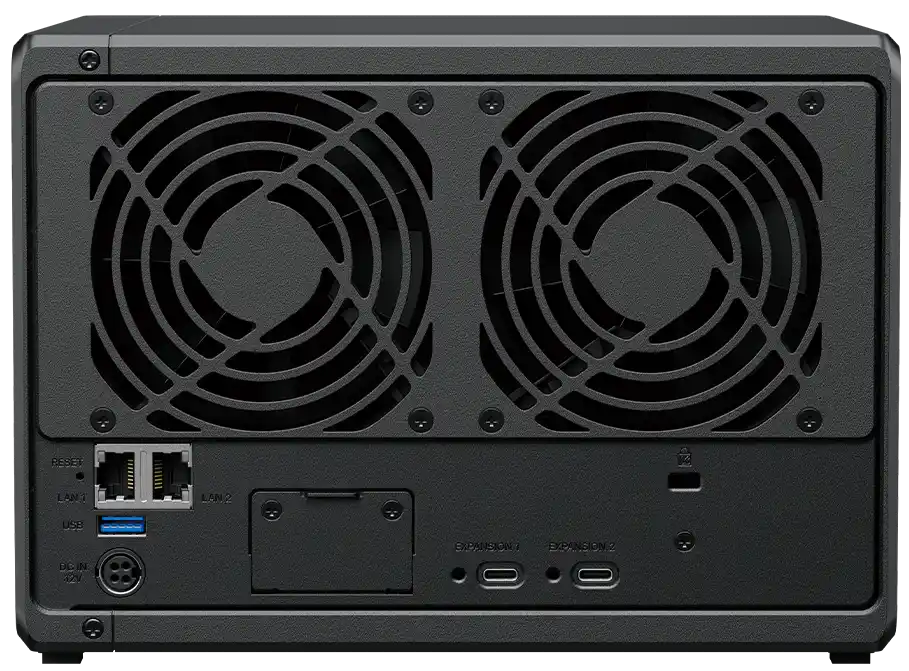



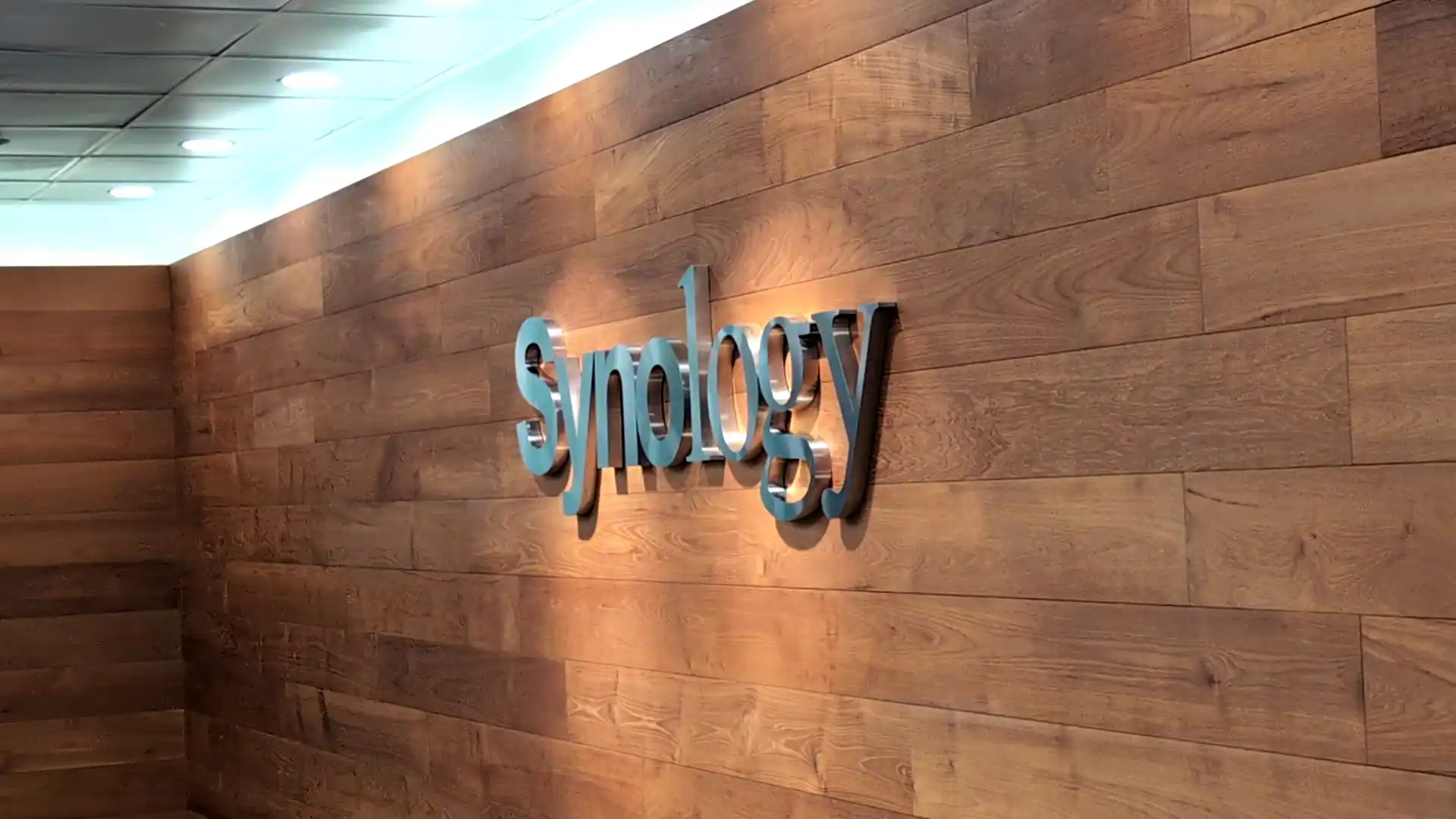
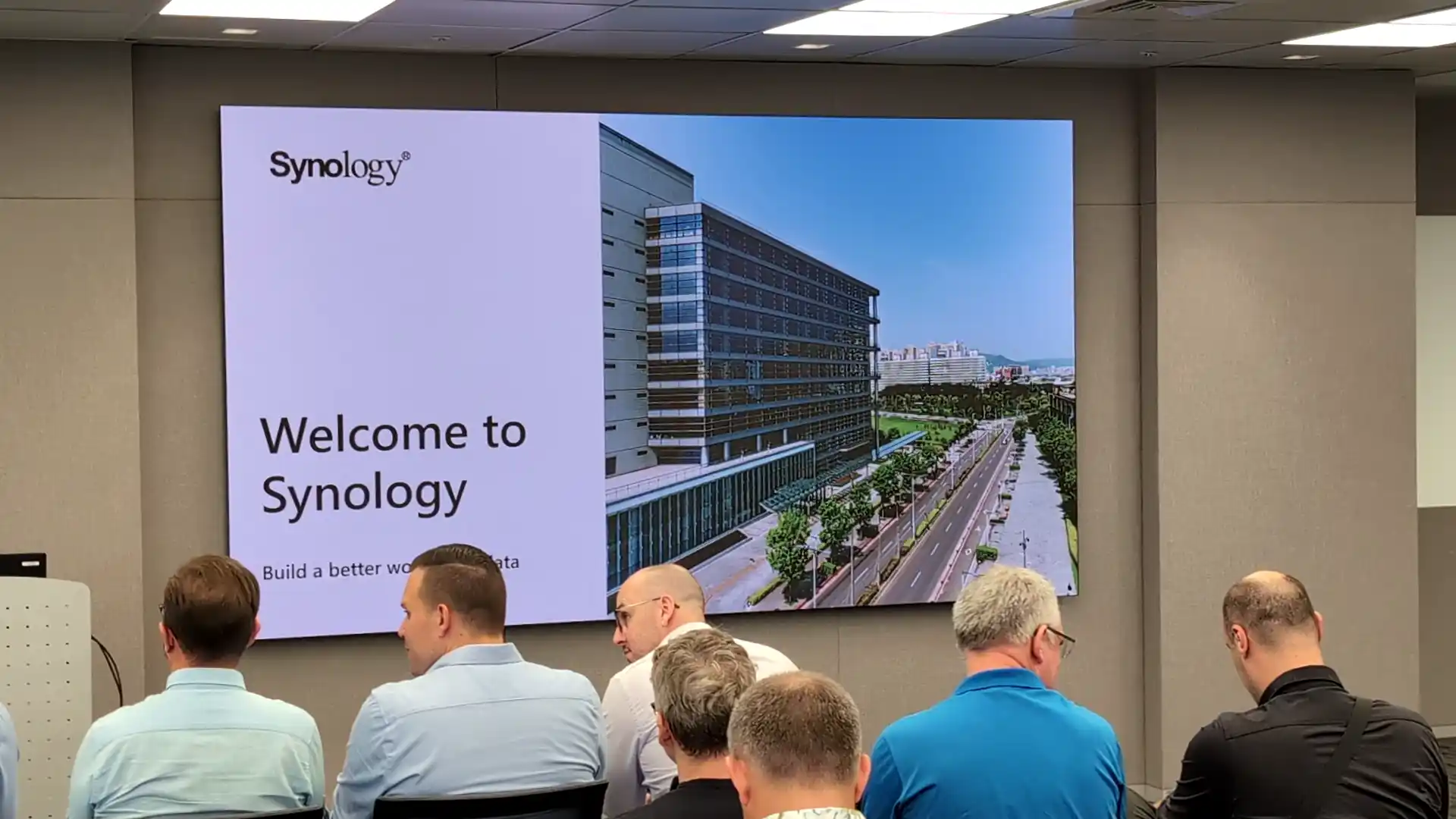



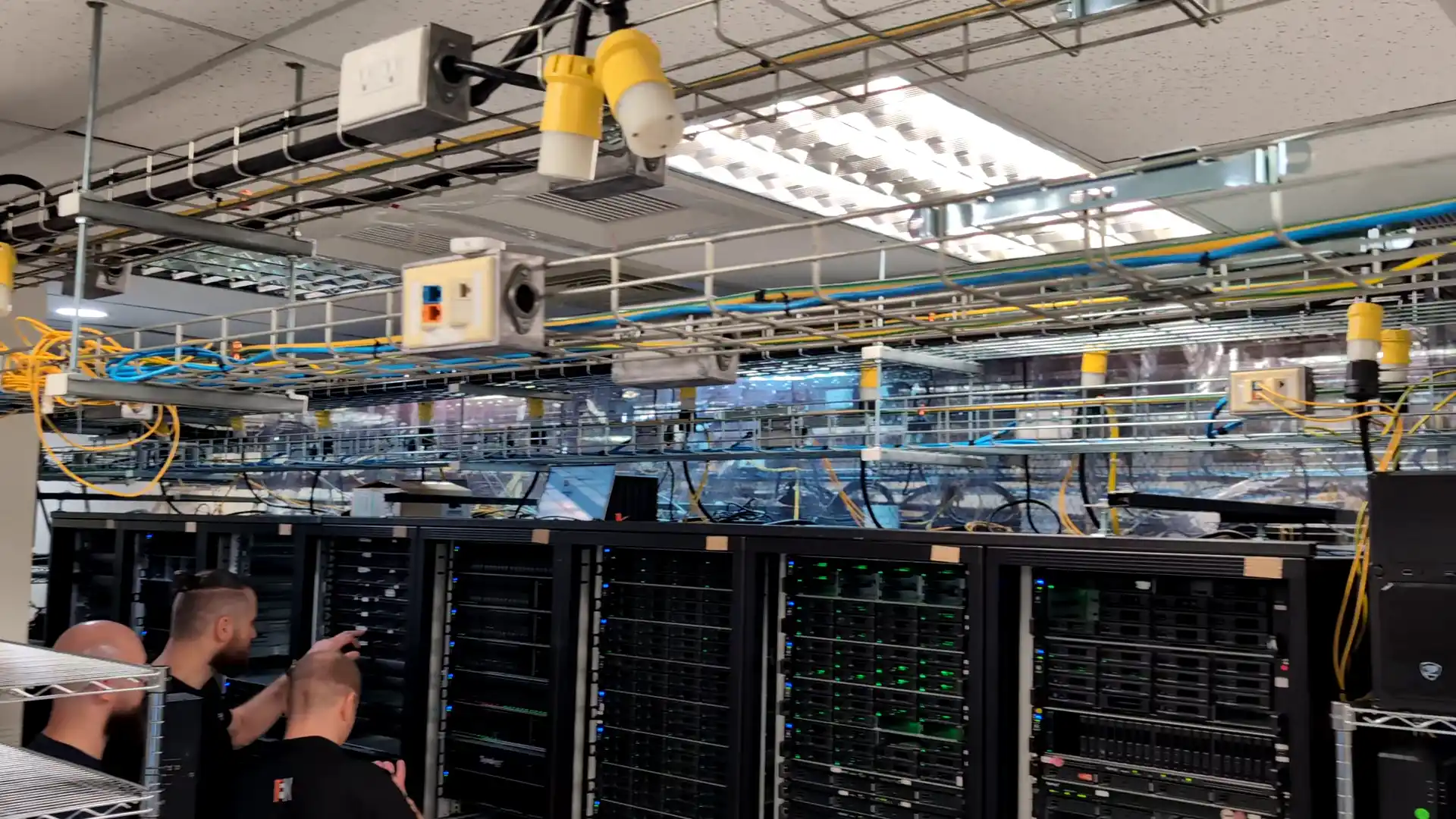
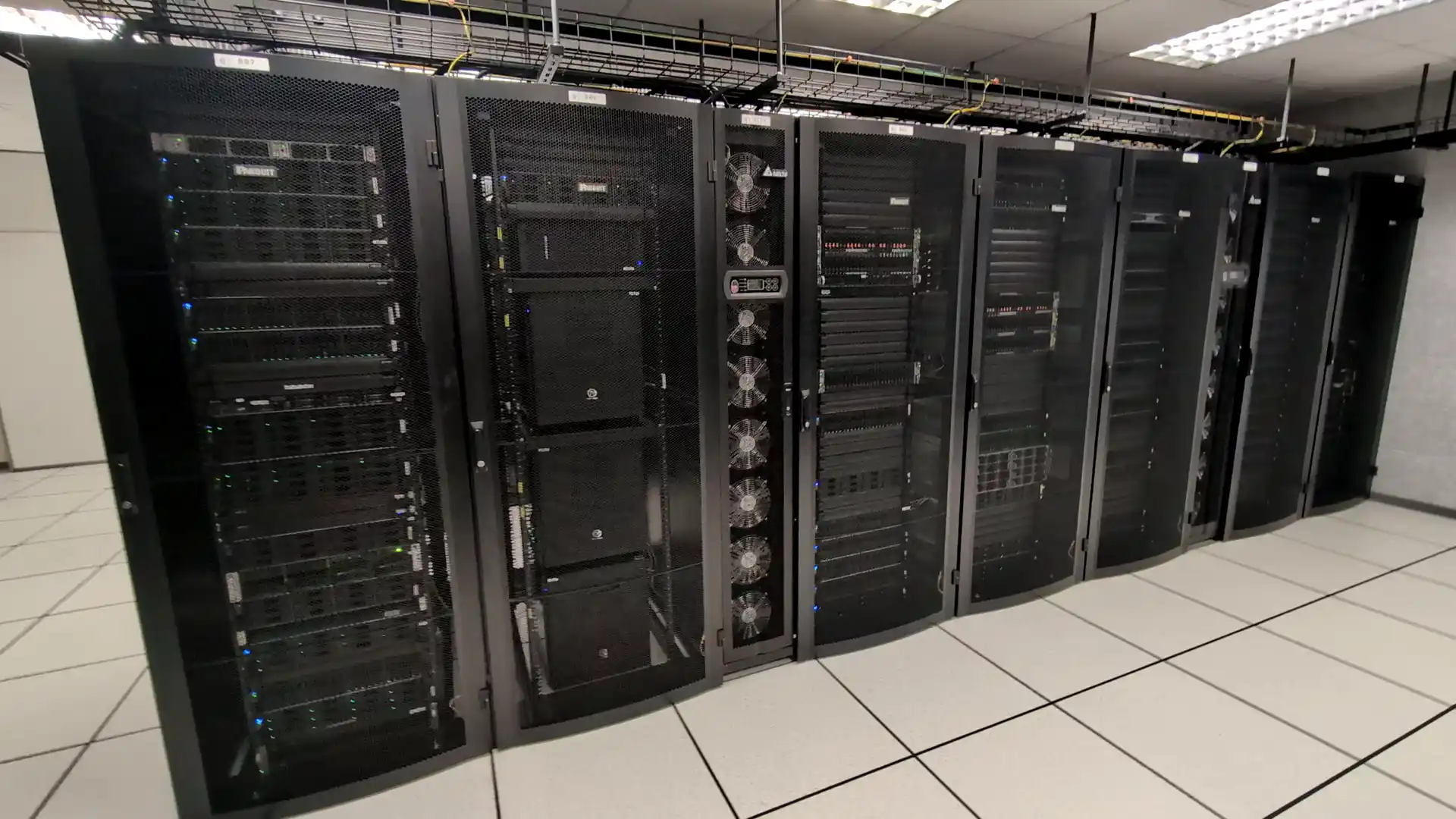
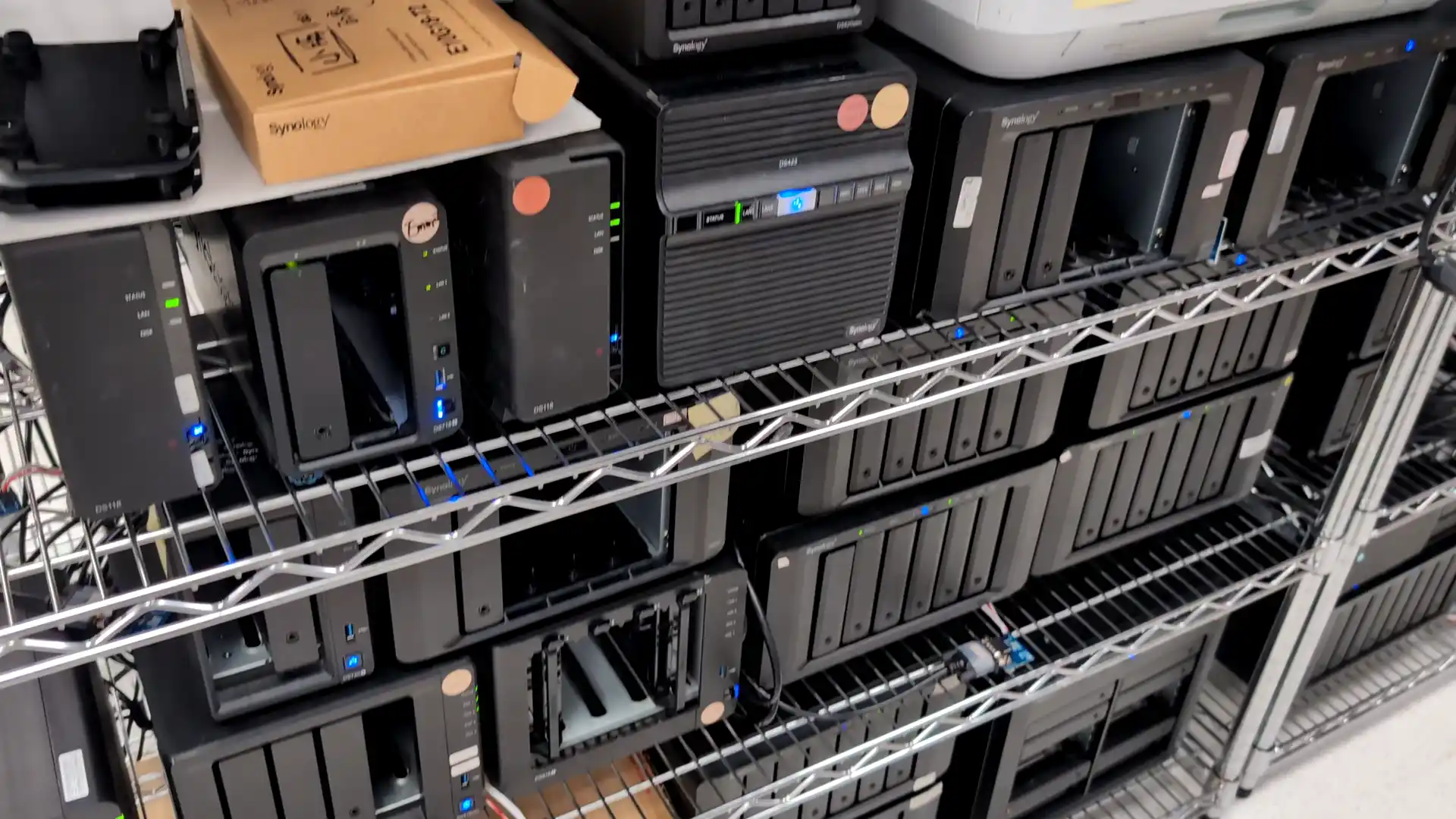
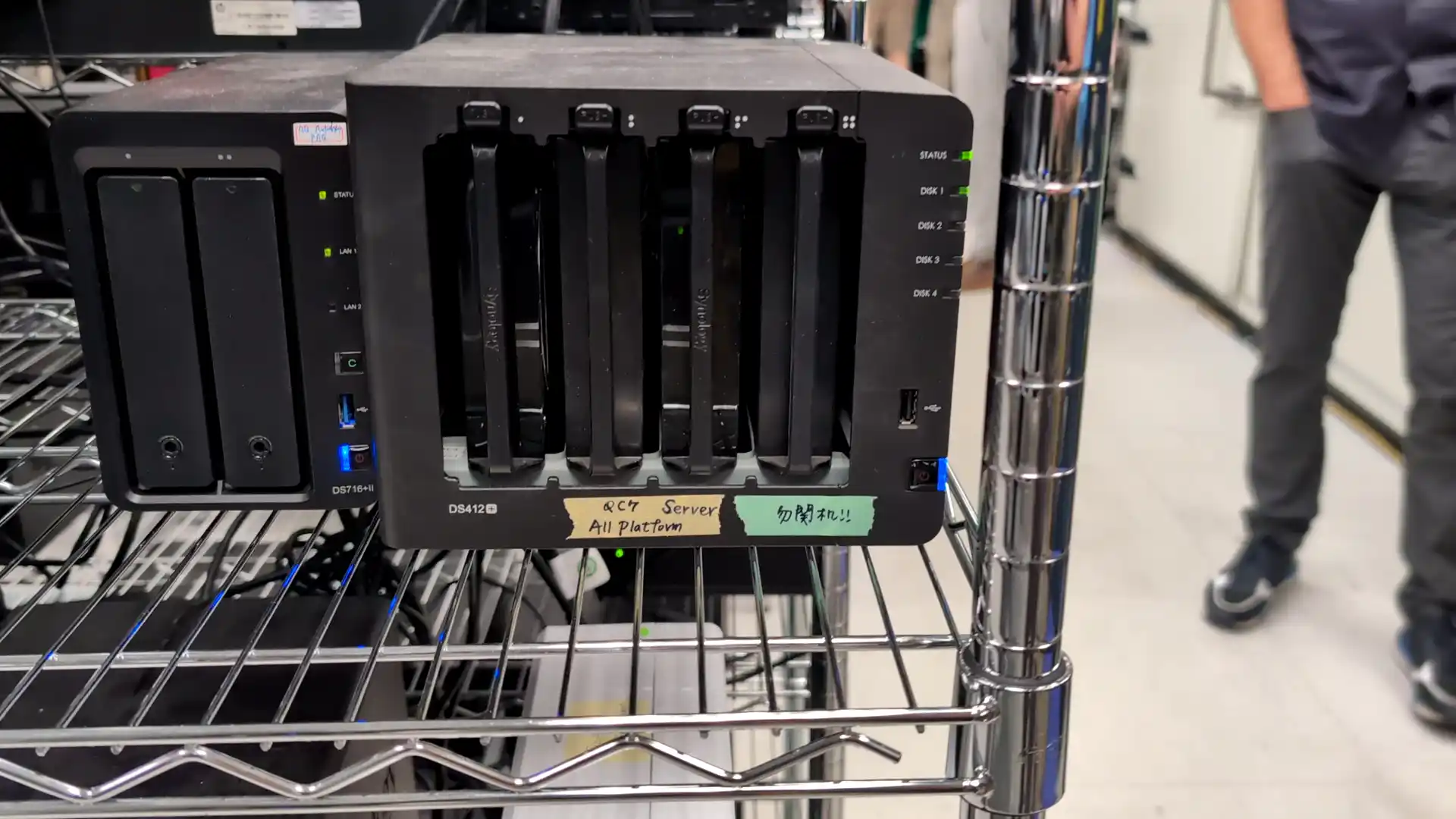


 Persistent, cannot be cleared
Persistent, cannot be cleared







